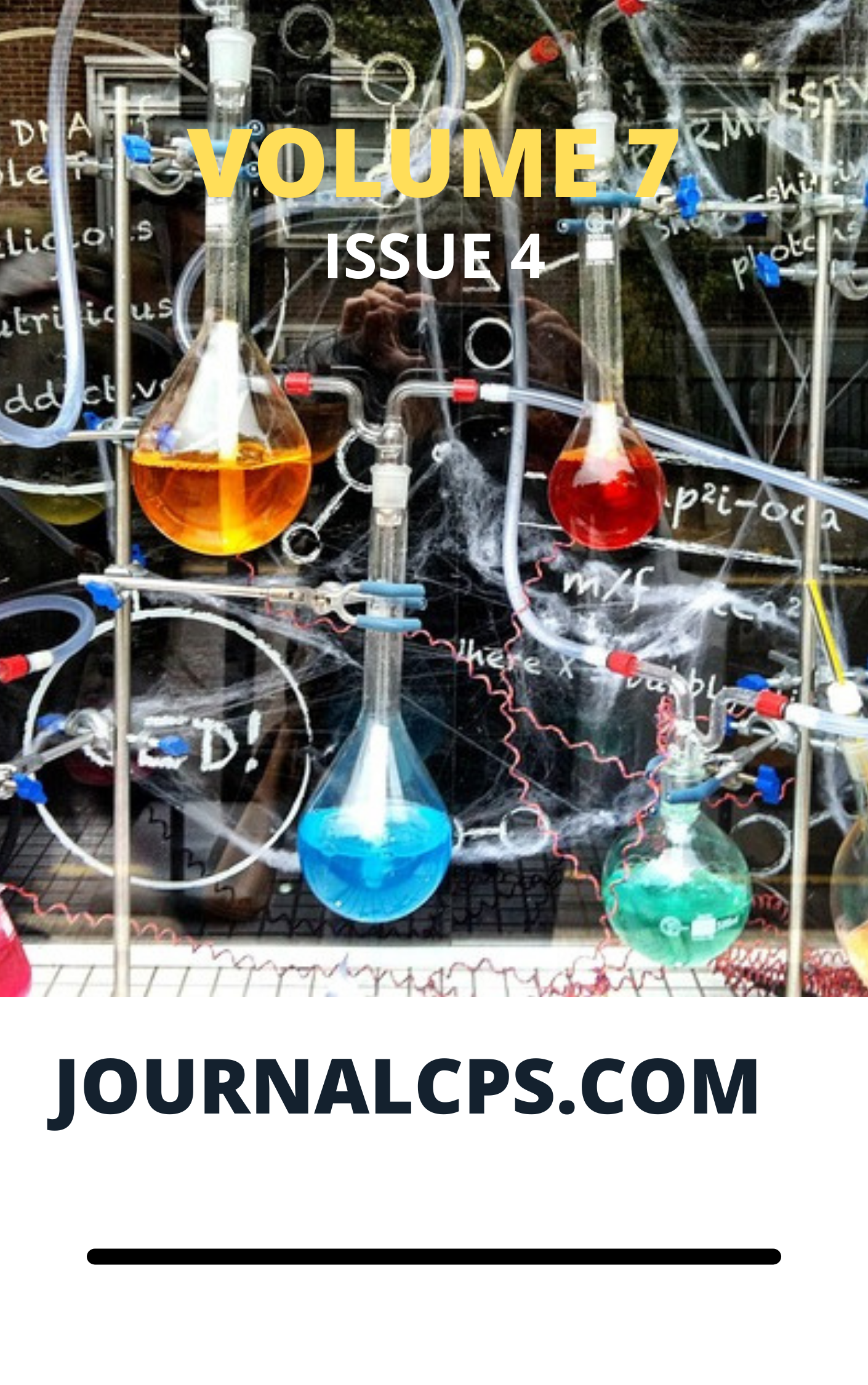Circular Supply Chains in the Al Era with Renewable Energy Integration and Smart Transport Networks
Keywords:
Artificial Intelligence, Circular Supply Chains, Renewable Energy, Reverse Logistics, Smart Transport Networks, SustainabilityAbstract
This paper explored the transformative potential of having integrated circular economy principles, artificial intelligence (AI), renewable energy, and smart transport networks to create sustainable, resilient supply chains in the AI era. By 2021, the convergence of these trends—having been driven by advancements in AI technologies, declining costs of renewables, and post-pandemic supply chain rethinking—presented a critical opportunity to address the inefficiencies, energy intensity, and wastefulness of linear supply chains. The proposed Circular Supply Chain 4.0 framework leveraged AI applications, such as predictive analytics, computer vision, digital twins, and blockchain, to optimize demand forecasting, material reuse, and reverse logistics. Renewable energy integration, through electrified fleets, solar-powered warehouses, and smart grids, reduced carbon emissions, while smart transport systems, including IoT-connected vehicles and Mobility-as-a-Service, enhanced logistics efficiency. The framework emphasized feedback loops, real-time data, and key performance indicators like circularity rate and emissions avoided to ensure continuous improvement. Case studies from 2021, such as UPS’s electric fleet trials and IKEA’s reverse logistics, illustrated practical applications. However, challenges like data infrastructure gaps, energy storage constraints, and regulatory inconsistencies pre-IRA/CHIPS Act highlighted barriers to adoption, particularly for SMEs. The paper identified policy levers, such as electrification subsidies and carbon border taxes, and future research areas, including AI modeling of reverse flows and behavioral factors in technology adoption, to advance circular supply chains. By having aligned digitalization with sustainability, this framework offered a scalable model for industries to achieve economic and environmental goals in a post-2021 global economy.
Downloads
Published
Issue
Section
Most read articles by the same author(s)
- Samuel Omefe, Simbiat Atinuke Lawal, Sakiru Folarin Bello, Adeseun Kafayat Balogun, Itunu Taiwo, Kevin Nnaemeka Ifiora, AI-Augmented Decision Support System for Sustainable Transportation and Supply Chain Management: A Review , Communication In Physical Sciences: Vol. 7 No. 4 (2021): VOLUME 7 ISSUE 4
Similar Articles
- C. Amos-Uhegbu, Aeromagnetic and Radiometric (Thorium) Data Interpretation for Kimberlite pipe(s) occurrence in Malumfashi North-Central Nigeria , Communication In Physical Sciences: Vol. 7 No. 4 (2021): VOLUME 7 ISSUE 4
- M. T. Bisiriyu, Fractionation and Characterization of Asphaltenic and Resinous Fractions of Natural Bitumen , Communication In Physical Sciences: Vol. 5 No. 2 (2020): VOLUME 5 ISSUE 2
- Bala Idris, Abdullahi Lawal, Dauda Abubakar, Saddiq Abubakar Dalhatu, Ab initio Calculation of CuSbSe2 in Bulk and Monolayer for Solar Cell and Infrared Optoelectronic Applications , Communication In Physical Sciences: Vol. 7 No. 3 (2021): VOLUME 7 ISSUE 3
- Azuka Ocheli, Godwin Okumagbe Aigbadon, Nkonyeasua Abanjo, Subsurface Lithologies and Rock Eval Pyrolysis Analyses of Amansiodo-I and Akukwa-1 Well Sections, Nkporo Formation, Southeastern Part of the Anambra Basin, Nigeria: Implication for Petroleum Source Rock Potentials , Communication In Physical Sciences: Vol. 9 No. 2 (2023): VOLUME 9 ISSUE 2
- Gloria Chika Udeokpote, Ifeanyi Adolphus Ucheana , Assessing Environmental Risks and Pollution Challenges of Nuclear Reactor Technologies: Case Studies and Remediation Strategies , Communication In Physical Sciences: Vol. 11 No. 4 (2024): VOLUME 11 ISSUE 4
- Abdullahi Abdulkadir, Maryam Lawal Atiku, Synthetic Approaches, Classification, Properties and Application of Metal-Organic Frameworks: A Review , Communication In Physical Sciences: Vol. 12 No. 3 (2025): VOLUME 12 ISSUE 3
- Vincent Oseikhuemen Binitie, Ogaga Esharive, Solid mineral potential in the southern Benue Trough: A review , Communication In Physical Sciences: Vol. 11 No. 4 (2024): VOLUME 11 ISSUE 4
- Joy Nnenna Okolo, A Review of Machine and Deep Learning Approaches for Enhancing Cybersecurity and Privacy in the Internet of Devices , Communication In Physical Sciences: Vol. 9 No. 4 (2023): VOLUME 9 ISSUE 4
- Sameul Awolumat, Baernadette Tosan Fregene, Temporal Variability and Predictors of Fish Catch (2009-2011) in the Niger and Benue Rivers: Implications for Contemporary Natural Resources Management in Kogi State, Nigeria , Communication In Physical Sciences: Vol. 11 No. 4 (2024): VOLUME 11 ISSUE 4
- Aaron Enechojo Auduson, Abdullahi Emmanuel Bala, Kizito Ojochenemi Musa,, Mary Melemu Shaibu, Michael Adewale Ibitomi, Ijeoma Milicent Agbo-Okiyi, Baba Aminu Muawiya, Fabian Apeh Akpah, Philomina Okanigbuan, Ifeanyi Obihan, Integrated Geoscientific Techniques for Water Resource Potential: A Case Study of Felele Campus, Federal University Lokoja , Communication In Physical Sciences: Vol. 12 No. 2 (2025): VOLUME 12 ISSUE 2
You may also start an advanced similarity search for this article.




